Home>Gardening & Outdoor>Landscaping Ideas>What Does Seagrass Do
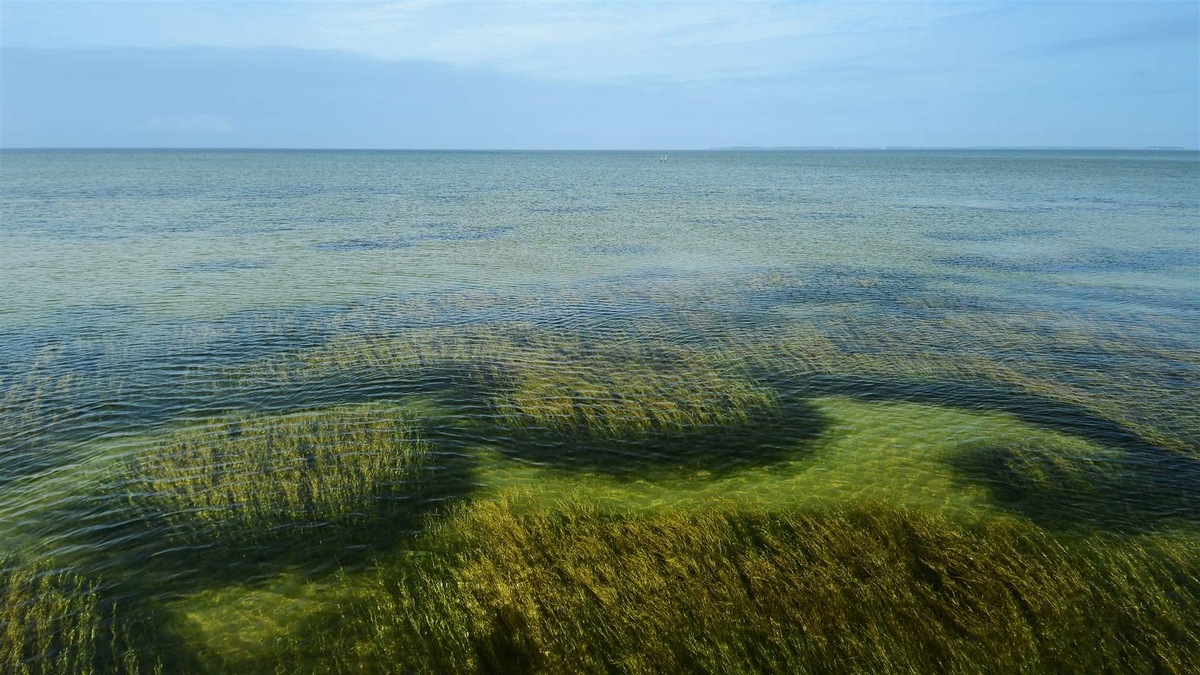

Landscaping Ideas
What Does Seagrass Do
Published: January 26, 2024
Discover the benefits of using seagrass in landscaping ideas. Learn how seagrass can enhance your outdoor space and contribute to a sustainable environment.
(Many of the links in this article redirect to a specific reviewed product. Your purchase of these products through affiliate links helps to generate commission for Storables.com, at no extra cost. Learn more)
Introduction
Seagrass, often overlooked and underappreciated, plays a crucial role in the health of coastal ecosystems. These flowering plants, which thrive in shallow, salty waters, are not only visually stunning but also serve as vital components of marine environments. Their significance extends far beyond their aesthetic appeal, as they contribute to the overall balance and sustainability of coastal ecosystems.
Seagrass meadows are among the most productive and diverse ecosystems on the planet, supporting an incredible array of marine life. Their presence is indicative of a healthy and thriving coastal environment, providing a habitat for numerous species and serving as a source of food and shelter. Furthermore, seagrass beds contribute to the overall stability and resilience of coastal areas, offering protection against erosion and mitigating the impacts of climate change.
As we delve into the multifaceted world of seagrass, it becomes evident that these underwater meadows are not merely a backdrop for marine life but rather an essential and dynamic component of coastal ecosystems. Understanding the importance of seagrass and the myriad ways in which it influences the environment is crucial for fostering a deeper appreciation for these remarkable plants and for implementing effective conservation strategies to ensure their continued existence.
Key Takeaways:
- Seagrass meadows are crucial for coastal ecosystems, providing homes and food for marine life, stabilizing shorelines, and improving water quality. Conservation efforts are vital to protect these valuable underwater habitats.
- Seagrass plays a vital role in fighting climate change by storing carbon, protecting coastlines from erosion, and filtering nutrients in coastal waters. It’s important to understand and protect these amazing underwater meadows.
Read more: What Does A Seed Do
Importance of Seagrass
Seagrass holds immense ecological importance, playing a pivotal role in the health and sustainability of coastal ecosystems. These underwater plants are not only visually captivating but also serve as vital contributors to the overall balance and resilience of marine environments. Their significance extends beyond mere aesthetics, encompassing a myriad of essential functions that are integral to the well-being of coastal ecosystems.
The presence of seagrass meadows signifies a thriving and productive marine environment. These lush underwater gardens provide critical habitat and sustenance for a diverse array of marine life, including fish, crustaceans, and mollusks. The intricate structure of seagrass beds offers refuge and breeding grounds for numerous species, contributing to the overall biodiversity and productivity of coastal areas. Additionally, the complex root systems of seagrass plants provide a safe haven for juvenile marine organisms, offering protection from predators and serving as nursery areas for various species.
Furthermore, seagrass meadows play a crucial role in nutrient cycling and sediment stabilization. The dense root systems of seagrass plants trap sediments, helping to stabilize the seafloor and mitigate coastal erosion. This function is particularly significant in areas prone to high wave energy and tidal forces, where seagrass acts as a natural buffer, reducing the impacts of erosion and safeguarding coastal habitats.
In addition to providing habitat and stabilizing the seafloor, seagrass contributes to the overall health of coastal ecosystems by enhancing water quality. These plants have the remarkable ability to absorb and store nutrients, such as nitrogen and phosphorus, thereby reducing the risk of nutrient pollution in coastal waters. By acting as natural filters, seagrass meadows help to maintain the clarity and quality of the surrounding water, creating a healthier environment for marine life and human communities alike.
The importance of seagrass in coastal ecosystems cannot be overstated. These underwater meadows are not only aesthetically pleasing but also serve as vital components of marine environments, supporting biodiversity, stabilizing the seafloor, and enhancing water quality. Recognizing and understanding the multifaceted significance of seagrass is essential for fostering a deeper appreciation for these remarkable plants and for implementing effective conservation strategies to ensure their continued existence.
Ecosystem Services Provided by Seagrass
Seagrass meadows offer a myriad of ecosystem services that are essential for the health and sustainability of coastal environments. These underwater habitats play a crucial role in supporting marine life and maintaining the ecological balance of coastal ecosystems. The services provided by seagrass extend far beyond their visual appeal, encompassing a range of vital functions that contribute to the overall well-being of coastal environments.
One of the primary ecosystem services offered by seagrass is the provision of critical habitat for a diverse array of marine organisms. The intricate structure of seagrass meadows provides shelter, breeding grounds, and foraging areas for numerous species, including fish, crustaceans, and mollusks. These underwater gardens serve as nurseries for juvenile marine organisms, offering protection and sustenance during their early stages of life. The presence of seagrass significantly enhances the biodiversity and productivity of coastal ecosystems, supporting the intricate web of life that thrives within these underwater meadows.
In addition to providing habitat, seagrass meadows play a vital role in nutrient cycling and sediment stabilization. The dense root systems of seagrass plants trap sediments, helping to stabilize the seafloor and mitigate coastal erosion. This function is particularly significant in areas prone to high wave energy and tidal forces, where seagrass acts as a natural buffer, reducing the impacts of erosion and safeguarding coastal habitats. Furthermore, seagrass plants have the remarkable ability to absorb and store nutrients, such as nitrogen and phosphorus, thereby reducing the risk of nutrient pollution in coastal waters. By acting as natural filters, seagrass meadows help to maintain the clarity and quality of the surrounding water, creating a healthier environment for marine life and human communities alike.
Moreover, seagrass meadows contribute to the overall resilience of coastal ecosystems by providing a source of food and shelter for a wide range of marine organisms. The presence of seagrass enhances the stability and productivity of coastal environments, supporting the intricate food web that sustains marine life. Additionally, these underwater meadows play a crucial role in carbon sequestration, helping to mitigate the impacts of climate change by storing carbon in the seafloor sediments.
In summary, seagrass meadows provide a diverse array of ecosystem services that are essential for the health and sustainability of coastal environments. From providing critical habitat and supporting biodiversity to stabilizing the seafloor and enhancing water quality, the significance of seagrass in coastal ecosystems cannot be overstated. Recognizing and understanding the multifaceted ecosystem services provided by seagrass is crucial for fostering a deeper appreciation for these remarkable plants and for implementing effective conservation strategies to ensure their continued existence.
Role in Carbon Sequestration
Seagrass meadows play a crucial role in carbon sequestration, making significant contributions to mitigating the impacts of climate change. These underwater habitats have the remarkable ability to capture and store carbon in the form of organic matter, which is then deposited and preserved in the seafloor sediments. This process, known as carbon sequestration, helps to remove carbon dioxide from the atmosphere, thereby reducing the concentration of greenhouse gases and mitigating the effects of climate change.
The carbon sequestration capacity of seagrass meadows is particularly noteworthy due to the high productivity and rapid growth of these underwater plants. Through the process of photosynthesis, seagrass plants absorb carbon dioxide from the surrounding water and convert it into organic carbon, which becomes incorporated into their tissues. As seagrass meadows continue to grow and flourish, they accumulate substantial amounts of organic carbon, which is then stored in the seafloor sediments when the plant matter naturally decomposes.
Furthermore, the unique sedimentary environment of seagrass meadows provides an ideal setting for long-term carbon storage. The organic matter derived from decaying seagrass plants becomes buried in the sediments, where it can remain preserved for extended periods, effectively locking away carbon that would otherwise contribute to atmospheric greenhouse gas levels. This process not only helps to mitigate climate change but also contributes to the overall health and stability of coastal ecosystems.
The role of seagrass in carbon sequestration extends beyond its immediate environmental impact, as the stored carbon has the potential to remain sequestered for centuries, providing long-term benefits for the global climate. Additionally, the carbon stored in seagrass sediments helps to maintain the balance of carbon cycling in coastal environments, contributing to the overall resilience and sustainability of these ecosystems.
In summary, seagrass meadows play a vital role in carbon sequestration, serving as significant carbon sinks that help to mitigate the impacts of climate change. Through their high productivity, rapid growth, and unique sedimentary environment, seagrass meadows capture and store substantial amounts of organic carbon, effectively removing carbon dioxide from the atmosphere and contributing to the long-term stability of coastal ecosystems. Recognizing the pivotal role of seagrass in carbon sequestration is essential for understanding the broader environmental significance of these underwater habitats and for implementing effective conservation strategies to safeguard their continued existence.
Habitat for Marine Life
Seagrass meadows serve as vital and diverse habitats for a wide array of marine life, playing a crucial role in supporting the intricate web of organisms that thrive within coastal ecosystems. These underwater gardens provide shelter, food, and breeding grounds for numerous species, contributing to the overall biodiversity and productivity of marine environments. The intricate structure of seagrass meadows offers a myriad of niches and microhabitats, creating a thriving ecosystem that sustains a diverse community of marine organisms.
One of the primary functions of seagrass as a habitat for marine life is its role as a nursery area for juvenile marine organisms. The dense and complex root systems of seagrass plants provide a safe haven for young fish, crustaceans, and mollusks, offering protection from predators and serving as a source of food. The sheltered environment of seagrass meadows provides an ideal setting for the early stages of life for many marine species, contributing to the overall recruitment and population dynamics of coastal ecosystems.
Furthermore, seagrass meadows offer abundant food resources for a variety of marine organisms. The rich and diverse community of invertebrates and small fish that inhabit seagrass beds serves as a source of sustenance for larger predatory species, creating a complex food web within these underwater habitats. The presence of seagrass enhances the overall productivity and diversity of marine life, supporting a wide range of species and contributing to the overall resilience of coastal ecosystems.
In addition to providing shelter and food, seagrass meadows serve as critical breeding and spawning grounds for many marine species. The intricate structure of seagrass provides an ideal environment for the reproduction and development of numerous organisms, including fish, crustaceans, and mollusks. The presence of seagrass significantly enhances the reproductive success and survival of many marine species, contributing to the overall stability and sustainability of coastal ecosystems.
Overall, seagrass meadows play a pivotal role as habitats for marine life, providing shelter, food, and breeding grounds for a diverse array of organisms. The intricate structure and ecological functions of seagrass contribute to the overall biodiversity and productivity of coastal environments, supporting a thriving community of marine life. Recognizing the significance of seagrass as a habitat for marine organisms is essential for understanding the intricate web of life that thrives within these underwater meadows and for implementing effective conservation strategies to safeguard their continued existence.
Seagrass provides important habitat for many marine species, helps stabilize coastlines, and improves water quality by trapping pollutants.
Read more: What Does Sweetgrass Do
Protection Against Coastal Erosion
Seagrass meadows play a crucial role in protecting coastal areas against erosion, offering natural defense mechanisms that help to stabilize shorelines and mitigate the impacts of wave energy and tidal forces. The dense root systems of seagrass plants act as anchors, firmly securing the sediments and stabilizing the seafloor. This function is particularly significant in areas exposed to high wave energy and coastal erosion, where seagrass serves as a natural buffer, reducing the erosive effects of tides and currents.
The intricate network of roots within seagrass meadows helps to bind and trap sediments, creating a stable substrate that prevents erosion and maintains the integrity of coastal habitats. By anchoring the sediments, seagrass effectively reduces the potential for sediment resuspension and loss, thereby safeguarding the structure and stability of coastal shorelines. This protective role is especially vital in areas where human development and coastal infrastructure are at risk from erosion, as seagrass meadows offer a natural and sustainable solution for shoreline stabilization.
Furthermore, the aboveground biomass of seagrass plants helps to dissipate wave energy, reducing the force of incoming waves and protecting coastal areas from erosion. The dense and flexible nature of seagrass blades acts as a natural barrier, absorbing and dispersing wave energy, thereby minimizing the erosive impacts on coastal shorelines. This function is particularly significant during storm events and high-energy conditions, where seagrass meadows provide critical protection against coastal erosion and help to maintain the resilience of coastal ecosystems.
In addition to their direct role in stabilizing shorelines, seagrass meadows contribute to the overall resilience of coastal environments by enhancing sediment deposition and accretion. The intricate structure of seagrass creates favorable conditions for sediment trapping and accumulation, leading to the gradual buildup of sediments along coastal areas. This process helps to counteract the effects of erosion, promoting the natural accretion of sediments and contributing to the overall stability and sustainability of coastal habitats.
Overall, seagrass meadows play a vital role in protecting coastal areas against erosion, offering natural defense mechanisms that help to stabilize shorelines and mitigate the impacts of wave energy and tidal forces. The intricate root systems and aboveground biomass of seagrass plants act as natural barriers, providing critical protection against coastal erosion and contributing to the overall resilience of coastal ecosystems. Recognizing the significance of seagrass in protecting coastal areas against erosion is essential for understanding the broader environmental importance of these underwater habitats and for implementing effective conservation strategies to safeguard their continued existence.
Contribution to Water Quality
Seagrass meadows play a crucial role in contributing to water quality, serving as natural filters that help to maintain the clarity and health of coastal waters. These underwater habitats have the remarkable ability to absorb and store nutrients, such as nitrogen and phosphorus, effectively reducing the risk of nutrient pollution in coastal environments. By acting as natural purifiers, seagrass meadows help to create a healthier and more balanced aquatic ecosystem, benefiting both marine life and human communities.
One of the primary ways in which seagrass contributes to water quality is through nutrient uptake and storage. These underwater plants have the capacity to absorb excess nutrients from the surrounding water, including those originating from human activities such as agriculture and urban runoff. By capturing and storing nutrients within their tissues, seagrass meadows help to prevent the accumulation of nitrogen and phosphorus in coastal waters, thereby reducing the risk of eutrophication and algal blooms. This function is particularly significant in areas where nutrient pollution poses a threat to the ecological balance and health of coastal ecosystems, highlighting the vital role of seagrass in maintaining water quality.
Furthermore, seagrass meadows enhance water clarity by trapping suspended sediments and particles, effectively reducing turbidity and improving light penetration in coastal waters. The dense and intricate structure of seagrass beds acts as a natural filter, capturing fine sediments and organic matter that would otherwise contribute to water cloudiness. By promoting clearer and more transparent waters, seagrass meadows create favorable conditions for the growth of submerged aquatic vegetation and the overall health of marine ecosystems.
In addition to nutrient uptake and sediment trapping, seagrass meadows contribute to the overall oxygenation of coastal waters, enhancing the dissolved oxygen levels and creating a healthier environment for marine life. Through the process of photosynthesis, seagrass plants release oxygen into the surrounding water, supporting the metabolic needs of aquatic organisms and promoting a balanced and oxygen-rich aquatic ecosystem.
Overall, the contribution of seagrass to water quality is multifaceted and essential for the overall health and balance of coastal ecosystems. By serving as natural filters, nutrient absorbers, and sediment traps, seagrass meadows play a pivotal role in maintaining the clarity, health, and resilience of coastal waters. Recognizing the significance of seagrass in contributing to water quality is crucial for understanding the broader environmental importance of these underwater habitats and for implementing effective conservation strategies to safeguard their continued existence.
Threats to Seagrass
Seagrass meadows, despite their ecological significance, face a myriad of threats that jeopardize their existence and the vital ecosystem services they provide. Understanding these threats is essential for implementing effective conservation strategies and safeguarding the long-term sustainability of seagrass habitats.
One of the primary threats to seagrass is habitat loss and degradation due to coastal development and human activities. The expansion of coastal infrastructure, including ports, marinas, and urban developments, often results in the direct destruction of seagrass meadows. Additionally, activities such as dredging, land reclamation, and coastal engineering can lead to the physical disturbance and degradation of seagrass habitats, further exacerbating the loss of these critical ecosystems.
Furthermore, pollution poses a significant threat to seagrass meadows, with nutrient runoff from agricultural areas and urban centers contributing to eutrophication and algal blooms. Excessive nutrient inputs can lead to the deterioration of water quality, impacting the health and productivity of seagrass habitats. Similarly, sedimentation resulting from land-based activities and coastal erosion can smother seagrass beds, inhibiting their growth and survival.
The proliferation of invasive species also poses a threat to seagrass ecosystems, as non-native species can outcompete native seagrass species and disrupt the ecological balance of these habitats. Invasive species can alter the physical and chemical characteristics of seagrass meadows, leading to the displacement of native flora and fauna and the overall degradation of these critical habitats.
Furthermore, climate change and its associated impacts, including rising sea levels, ocean acidification, and extreme weather events, pose significant threats to seagrass meadows. These environmental stressors can directly impact the growth and survival of seagrass plants, leading to the decline of these vital ecosystems.
Overfishing and destructive fishing practices also pose a threat to seagrass habitats, as the depletion of key predator species and the physical damage caused by unsustainable fishing methods can disrupt the ecological balance of these ecosystems.
In summary, seagrass meadows face a multitude of threats, including habitat loss, pollution, invasive species, climate change, and overfishing. Recognizing and addressing these threats is essential for the conservation and protection of seagrass habitats, ensuring the continued provision of vital ecosystem services and the preservation of these remarkable underwater ecosystems.
Conservation Efforts
Efforts to conserve and protect seagrass meadows are essential for ensuring the long-term sustainability of these critical ecosystems. Conservation initiatives encompass a range of strategies aimed at addressing the threats facing seagrass habitats and promoting their resilience and recovery. These efforts are crucial for safeguarding the vital ecosystem services provided by seagrass and for preserving the biodiversity and productivity of coastal environments.
One of the primary conservation efforts focuses on habitat protection and restoration. Establishing marine protected areas and designated seagrass reserves helps to safeguard these critical habitats from further degradation and destruction. Additionally, restoration projects aimed at replanting and rehabilitating degraded seagrass meadows play a pivotal role in promoting the recovery and resilience of these ecosystems.
Community engagement and stakeholder involvement are integral to successful seagrass conservation. Educating and raising awareness among local communities, policymakers, and resource users about the ecological importance of seagrass meadows fosters a sense of stewardship and promotes sustainable practices that minimize the impacts on these habitats.
Furthermore, addressing the sources of pollution and nutrient runoff is essential for improving water quality and reducing the threats to seagrass habitats. Implementing measures to mitigate nutrient inputs and sedimentation, such as improved land-use practices and stormwater management, helps to create healthier and more resilient coastal ecosystems.
Invasive species management and monitoring are critical components of seagrass conservation efforts. Preventing the introduction and spread of non-native species and implementing measures to control and eradicate invasive species help to protect the ecological integrity of seagrass meadows and promote the dominance of native flora and fauna.
Climate change mitigation and adaptation strategies are essential for addressing the impacts of environmental stressors on seagrass habitats. Implementing measures to reduce greenhouse gas emissions and enhance the resilience of coastal ecosystems to climate change helps to safeguard the long-term viability of seagrass meadows.
Overall, a comprehensive and integrated approach to seagrass conservation, encompassing habitat protection, restoration, community engagement, pollution mitigation, invasive species management, and climate change adaptation, is essential for ensuring the continued existence and vitality of these remarkable underwater ecosystems. By implementing effective conservation efforts, we can preserve the invaluable ecosystem services provided by seagrass and promote the resilience and sustainability of coastal environments.
Frequently Asked Questions about What Does Seagrass Do
Was this page helpful?
At Storables.com, we guarantee accurate and reliable information. Our content, validated by Expert Board Contributors, is crafted following stringent Editorial Policies. We're committed to providing you with well-researched, expert-backed insights for all your informational needs.

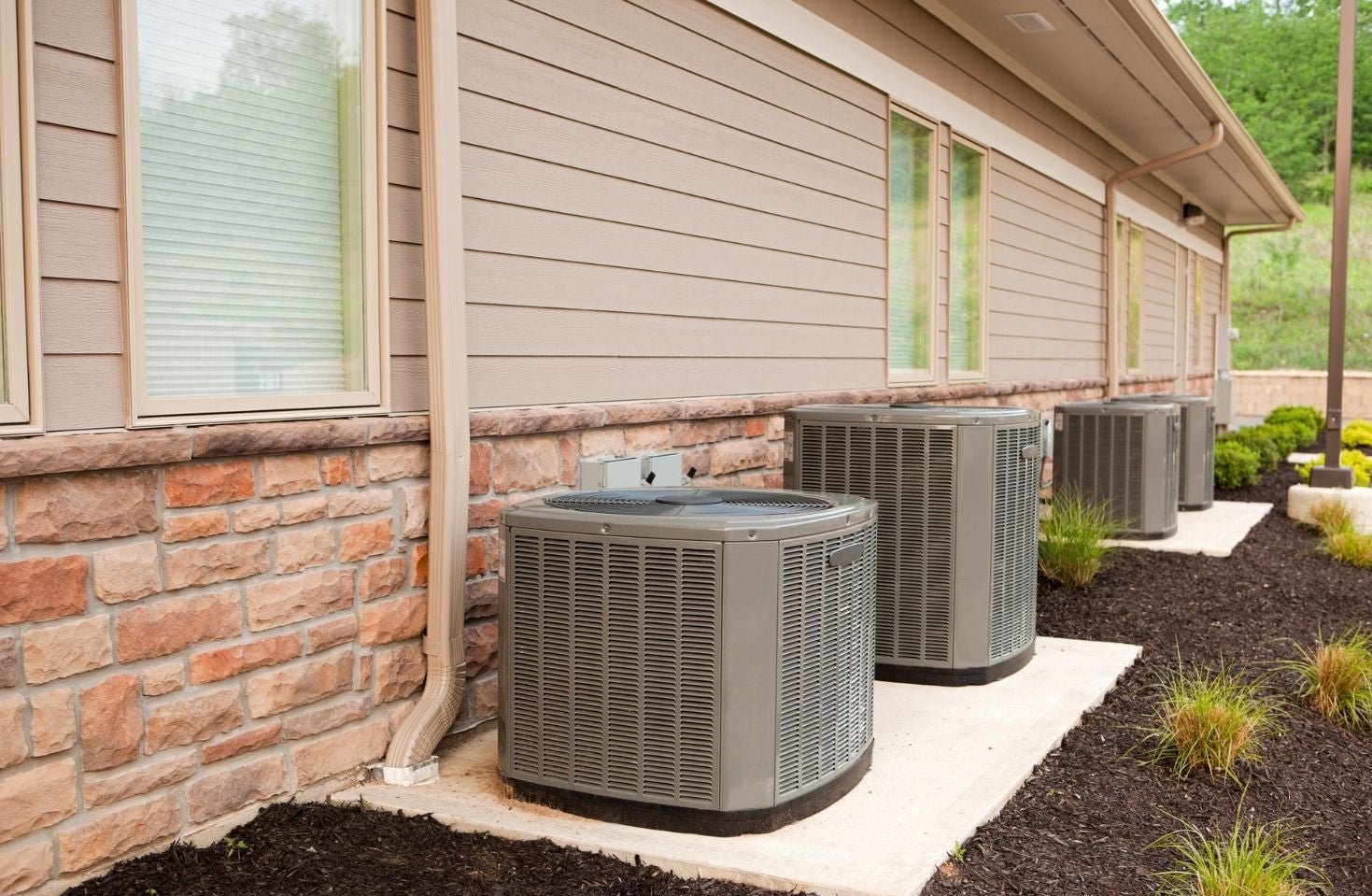
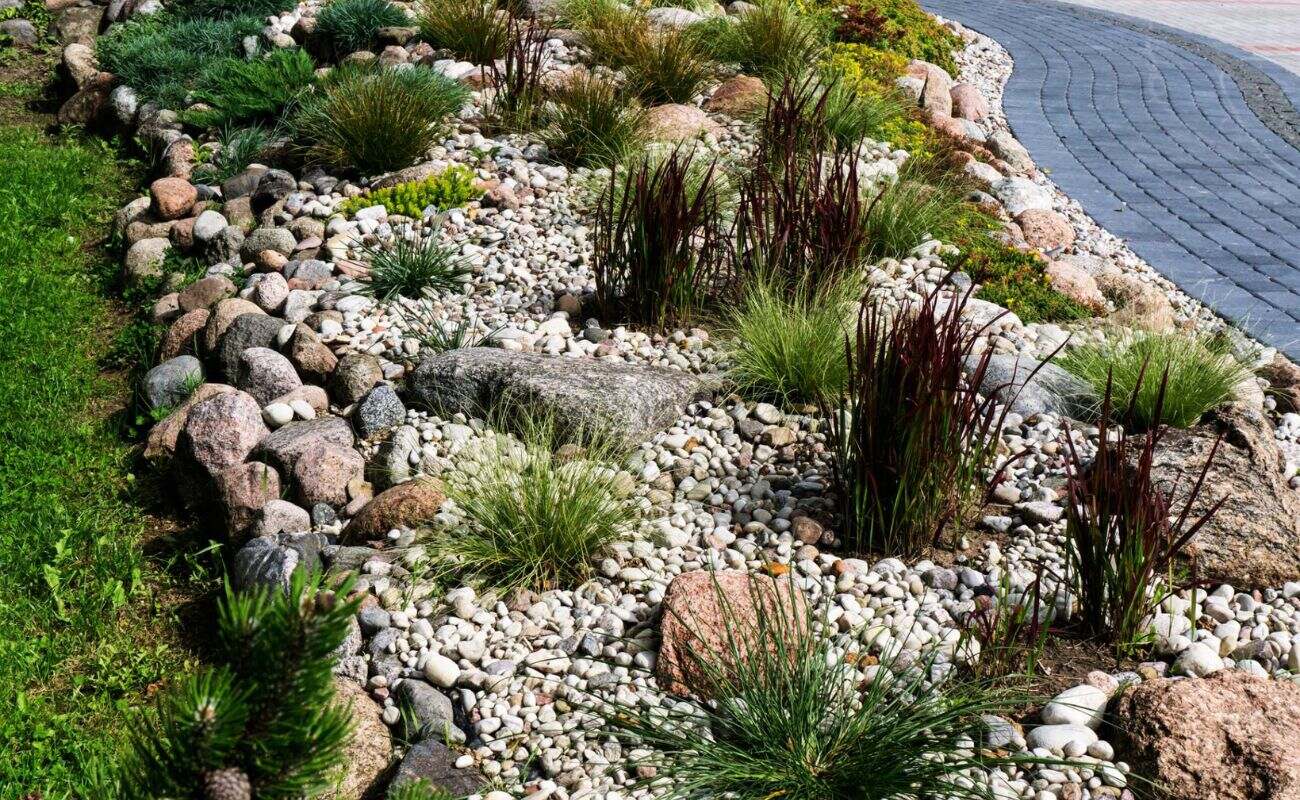

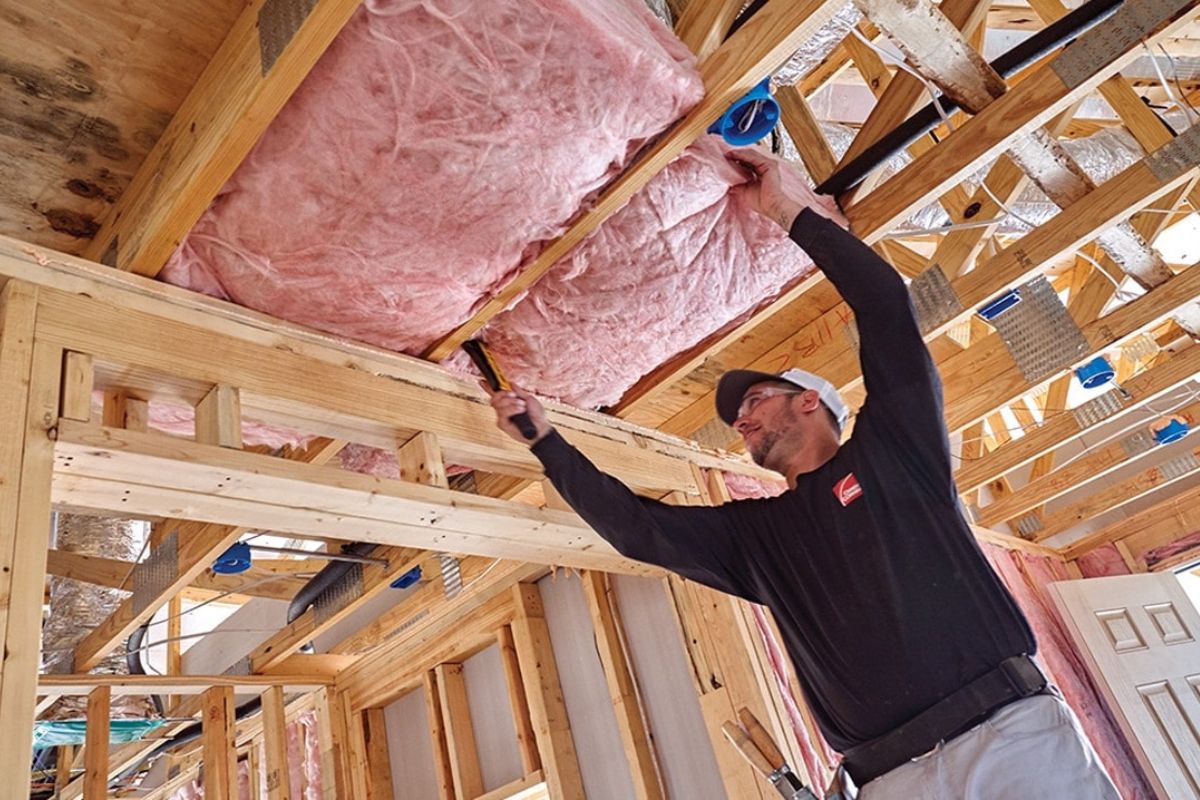








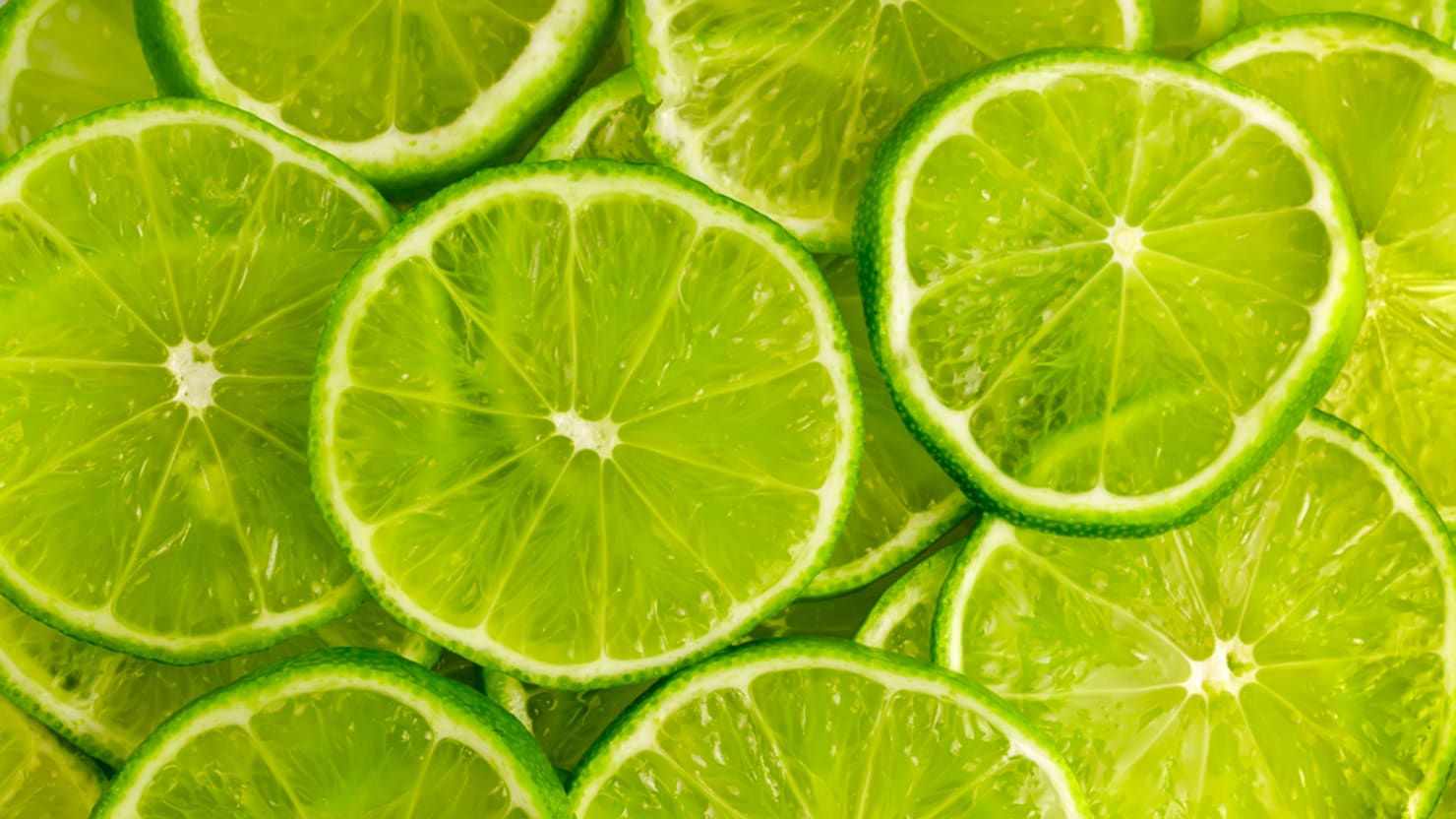

0 thoughts on “What Does Seagrass Do”